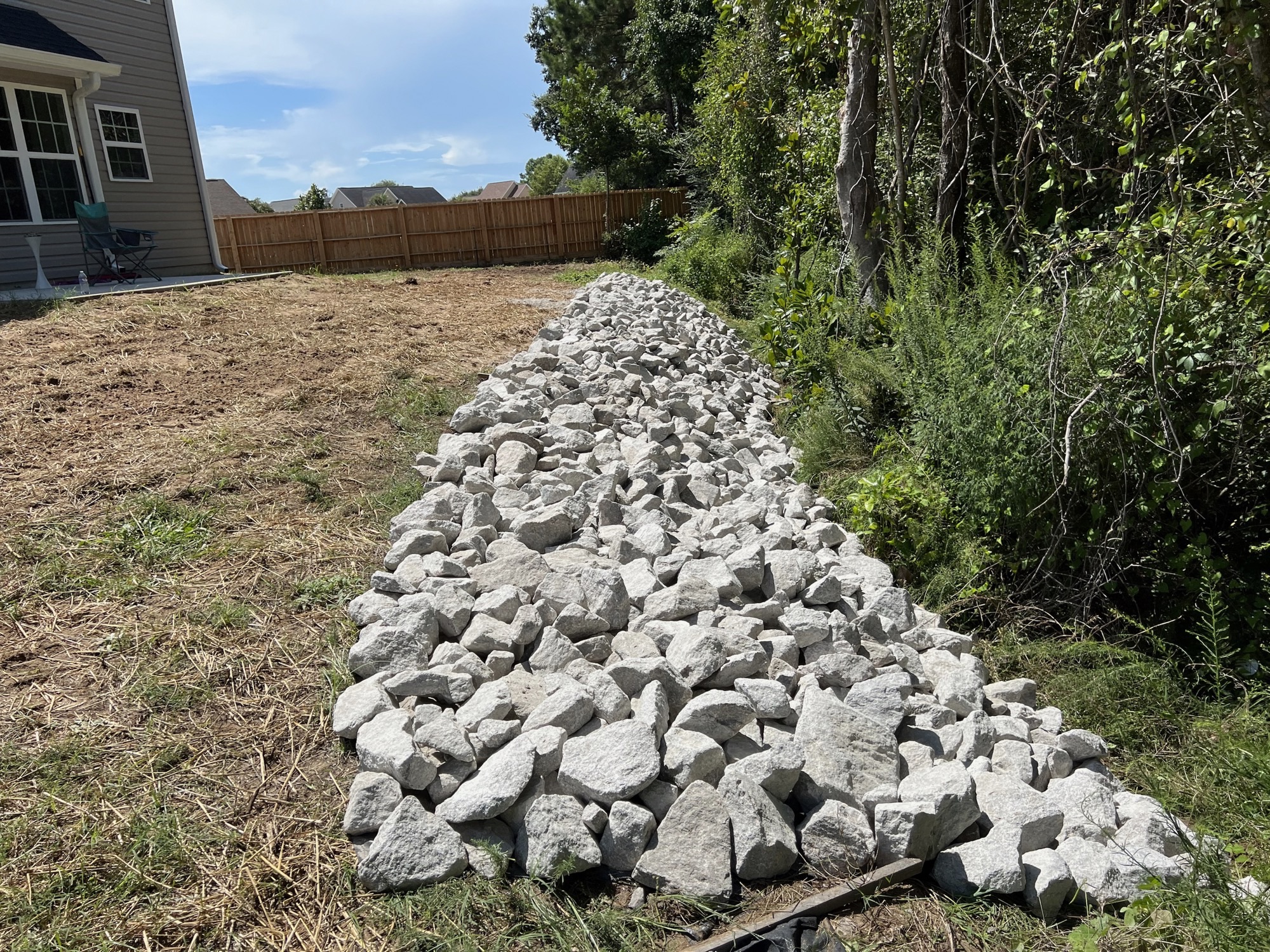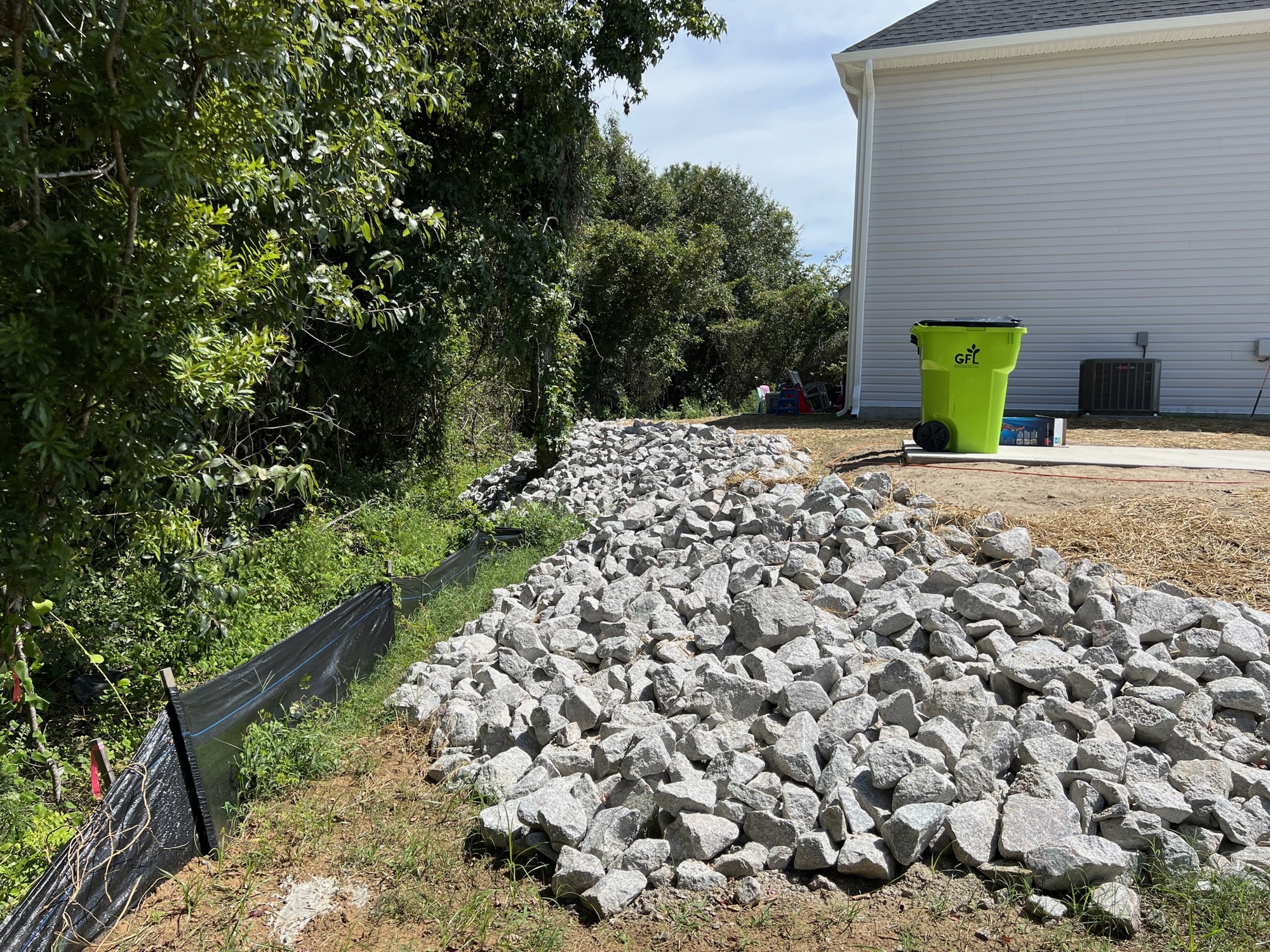Erosion Control
Protect your property or business from future erosion damage
Erosion is a naturally occurring process that is accelerated by earth-disturbing projects. Erosion may damage the ecosystem and environment, increase water treatment and maintenance costs and leave the land susceptible to harmful weeds. By executing effective erosion control, it may help reduce the spread of invasive plant species which is one of the four threats to our nation’s forests and grasslands.
six principles for effective erosion control
- Reduce erosive forces and increase resisting forces. Erosion occurs when the erosive force exceeds the soil’s ability to resist the erosive force. The only methods to reduce erosion are reducing the erosive forces, increase the resisting forces or a combination of the two.
- Apply good erosion control for good sediment control. It is easier to prevent soil from eroding than to remove the soil after it has been deposited somewhere else. Use sediment-control treatments to keep the sediment from leaving the site.
- Effectively designed topography reduces sediment yield and increases vegetation. Shorter and flatter slopes erode less and produce less sediment than longer, steeper slopes. By creating benches, steps or using some soil bioengineering methods can reduce slope length and angle.
- Limit soil exposure since soil is especially prone to erosion during wet seasons. Divert excess water flowing over unprotected soil areas to avoid excessive erosion. Leave vegetation undisturbed when possible because it is one of the most effective ways to reduce erosion. Surface disturbance should only occur when the ground is relatively dry and the site is not subject to frequent storms.
- Keep runoff velocities low by reducing the slope gradient of the water or increasing surface roughness reduces water’s velocity and erosive power.
- Proper installation and maintenance of erosion-controlled treatments should be inspected every 7 days on active sites and 14 days on inactive sites and within 24 hours following rainfall.





